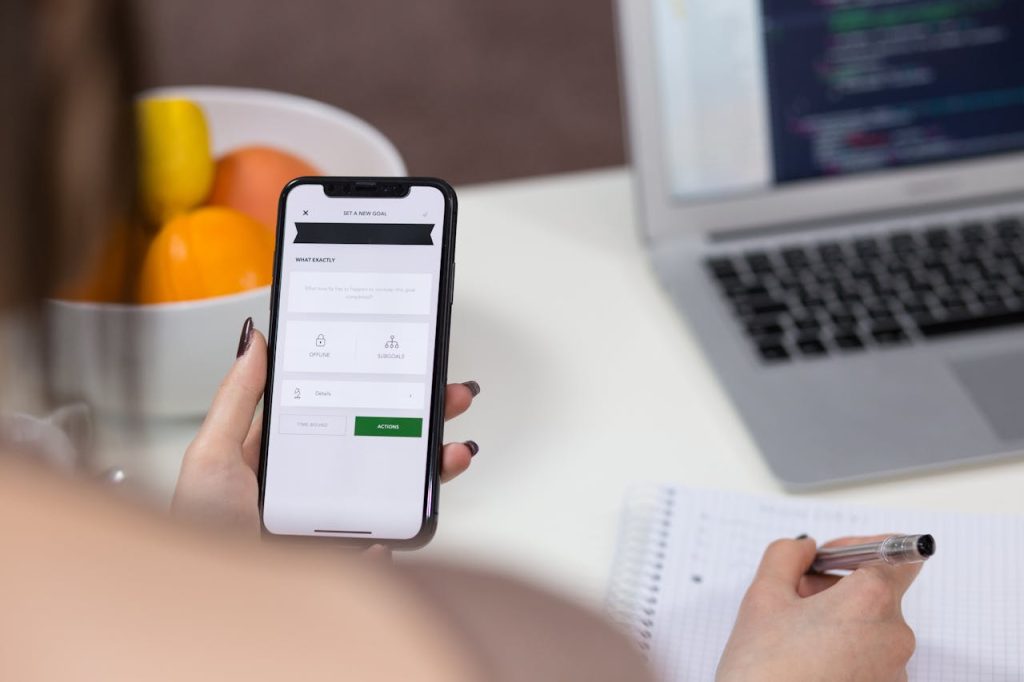A warning has been issued to all 1.46 billion iPhone users immediately in response to a new threat that aims to breach Apple ID information. This attack was uncovered by the California-based security company Symantec. It comprises of phishing attempts via email and SMS that mimic official communications from Apple and deceive users into clicking on links that lead to bogus websites. Because these websites are designed to steal Apple ID credentials, users’ financial and private information is at risk.
Phishers are pretending to be Apple and contacting victims through texts and emails, asking them to click on a link for a “important request” that has to do with iCloud. Customers are sent to a fake website that imitates an official Apple webpage when they click on the link. Fraudulent websites often utilize a CAPTCHA to boost their apparent legitimacy. Users are then required to provide their Apple ID, which the attackers might use to get complete access to the victims’ accounts and devices.
Symantec claims that because hackers have access to stolen Apple ID credentials, they may exert a considerable lot of control over users’ devices. They are able to access financial and personal information, carry out illegal operations, and even lock people out of their gadgets. Michael Nowatkowski, the director of Augusta University’s cyber center, describes the Apple ID as a “master key” that unlocks the phone’s whole contents, including contacts and financial information.
Apple and cybersecurity experts strongly advise iPhone users to adopt two-factor authentication (2FA) to protect their accounts. Users that choose to enable 2FA must enter both their password and a six-digit verification code that is sent to a trusted phone number or device in order to access their Apple ID. This additional layer of defense will make it much more difficult for attackers to get illegal access.
To enable 2FA on your iPhone, follow these steps:
● Navigate to Settings.
● On your name at the top of the screen, click or press.
● Click on “Sign-in & Security.”Select “Turn On Two-Factor Authentication” and press “Continue.”
● To get the verification codes, use a reliable phone number and click “Next.”
● To finish the setup, a verification code will be sent to your reliable phone number.
Apple stresses that it would never request that customers turn off security measures like two-factor authentication or stolen device protection. Any correspondence asking for these kinds of things is probably a fraud. Additionally, the internet giant cautions users to avoid responding to unsolicited communications requesting money or personal information. Reputable businesses, like Apple, won’t ask for this kind of information by email or text.
There are several ways to identify phishing attempts:
● Check the URL: Even if the message looks credible, the URL will not match Apple’s official website.
● Look for unusual formatting: Scammers’ messages often look significantly different from Apple’s standard communications.
● Verify the sender: If you receive an unexpected message, contact the company using a known, legitimate phone number or website, not the information provided in the message.
Phishing assaults don’t just target Apple impersonators. Similar bogus mails purporting to be from other well-known firms like Netflix and Amazon have been reported by several individuals. Frequently, these notifications alert customers that their credit cards have expired or that their accounts are locked, and they are urged to change their information by clicking on a link.
The Federal Trade Commission (FTC) warns against clicking on any links in unexpected text messages that request personal or financial information. Instead, get in touch with the business directly using the approved contact details.
Emory University information systems professor Ramnath Chellappa emphasizes the value of exercising suspicion while responding to unwanted communications. He says, “Unless you have actively gone and sought something, do not trust whatever email, whatever SMS.”
Both Nowatkowski and Chellappa emphasize the need of being watchful and taking preventative security steps. Protecting your Apple ID and personal data requires you to set up 2FA and exercise caution when responding to unwanted communications.
Meet Jack Smith your trusted source for cutting-edge insights in the world of technology. With a deep understanding of emerging trends and a knack for translating technical jargon into actionable advice, He empower readers to stay ahead in the fast-paced tech industry. Join him on a journey of discovery as he unravel the mysteries of innovation and explore the limitless potential of tomorrow’s technology.








